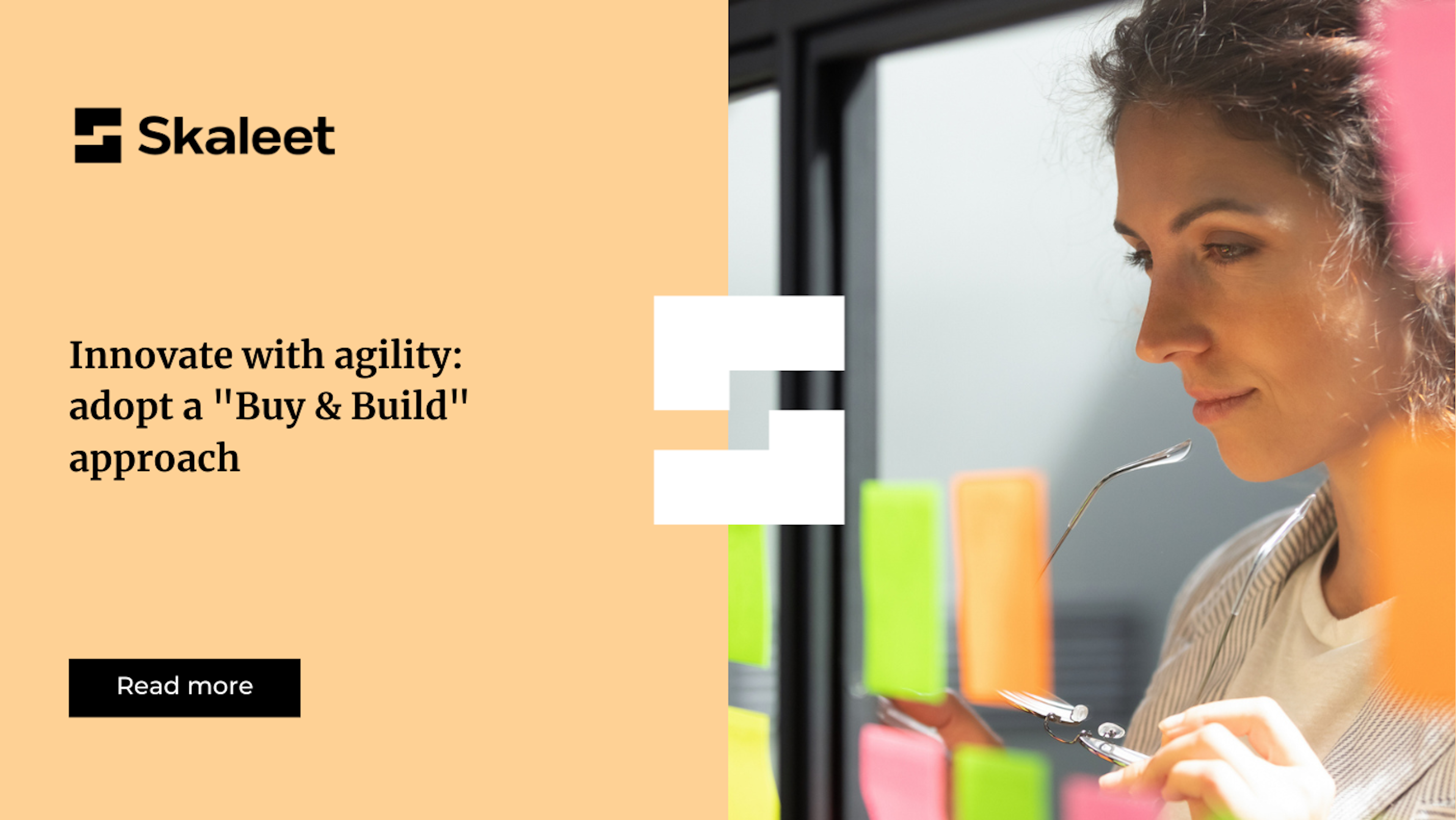
February 12th, 2024 • Payments
PSR & PSD3: Are you ready?
On June 28, the European Commission unveiled a revision of the PSD2...
February 20th, 2024 • Core Banking

Financial institutions want to innovate faster to stand out from the crowd and bring value to customers in a highly competitive market. There are two ways to develop their own solution: using internal resources or turning to an external, off-the-shelf solution. Whereas companies had to choose in the past, they now have a new option: combining these two methods and their respective advantages… Decoding 🕵️♀️
As the years go by, financial institutions face many challenges: remaining the leader in a competitive market, gaining new audiences, continuing to create added value for their customers while optimizing costs... To meet these challenges, they can either trust the construction of their Core Banking to their own teams or rely on a service provider to gain time to market and resources.
To build its own Core Banking, an institution can rely on its teams of developers to design and completely customize the entire solution. This method provides two significant advantages:
This approach does, however, involve hidden costs (which are all too often overlooked!). These include, for example, the time required for commissioning, the lack of flexibility of modules, the need to devote considerable time to maintenance, hosting, etc.
This method aims to rely on a core banking supplier to develop specific products and new banking solutions. Its advantages are as follows:
Good news! Financial institutions no longer must forego the benefits of either option. Binary thinking - choosing between buying and building - is a thing of the past, and technological advances now make it possible to get the best out of both approaches. To achieve this and innovate with agility, they need to be able to define at which level they wish to delegate and build.
It's a complex assessment, but time is running out if you want to stand out from the crowd! According to a study by Mobiquity, 80% of existing functions in the banking market are the same from one bank to another. This means you need to be able to devote time to creating products with unique value or developing applications to differentiate yourself from the other 20%.
Next-generation Core Banking provides ready-to-use technology based on APIs for connection to expert solutions, simplified integration capabilities, and rapid time-to-market. These platforms offer a solid foundation for creating tailor-made solutions by developing additional customized products, services, processes, and more. All to better meet consumer needs.
The hybrid "build + buy" formula combines the advantages of both approaches: speed and flexibility. This results in less technical debt using experts, increased capacity for innovation by focusing teams on differentiating elements, and a budget that can be focused on creating added value.
As mentioned above, it's essential to ask what you need to buy, what you need to develop, and to what extent you need to exploit the benefits of the hybrid approach fully. This means assessing the impact and expected level of differentiation of the various components (KYC, AML, card issuing and processing, etc.). They must also be associated with APIs or connectors that can be integrated with core banking and external systems.
To make an informed decision, the first step is to assess the technology's degree of maturity. More mature technologies can often be acquired via purchase, while hyper-customized technologies require additional construction for optimal fit.
Once this framework has been defined, we need to ask ourselves whether technology will be a differentiating factor for consumers. If the answer is no, why spend energy on it? Logically, it makes much more sense to focus on the perceptible aspects that will create a difference in the user experience.
The proportion of components purchased or developed in-house will depend on the requirements, resources, and level of differentiation a financial institution aims to achieve. With these indications, it's up to them to set the cursor!
Combine speed and differentiation! In today's environment, where the customer experience has become central, Skaleet's Core Banking Platform gives you the hybrid approach you need to make no more concessions.
Our API-first infrastructure gives you access to a catalog of Best of Breed partners to integrate solutions with reduced time-to-market while guaranteeing unprecedented building power to set you apart.
Combining the two approaches reduces technical debt and hidden costs and enables your teams to focus their energies on developing unique, innovative products.
Would you like to find out more? Contact our teams.
To understand the importance of equipping yourself with next-generation Core Banking, you can also view our dedicated webinar on our YouTube channel.
Innovation. FinTech. Digital Banking. Neobanks. Open Banking. Core Banking. Cloud.

February 12th, 2024 • Payments
On June 28, the European Commission unveiled a revision of the PSD2...